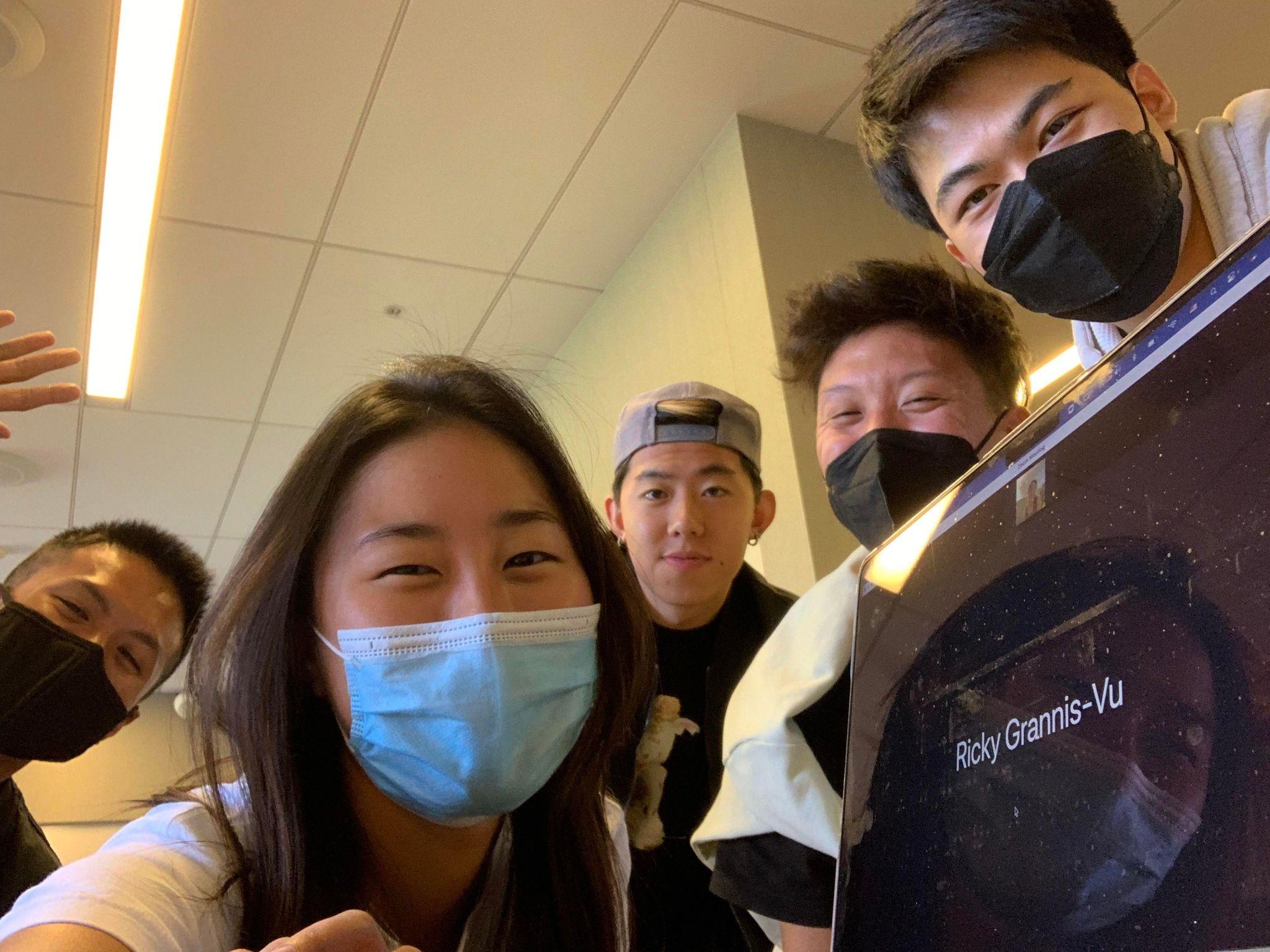Before this class, I thought that games were mostly a waste of time. I used to avoid playing games (especially video games) because I didn’t think they helped me learn anything or grow as a person. Part of my motivation in taking this class was to see if it could change my mindset about games / play. Indeed, after taking this class, I now think that games, especially well-designed ones) are really valuable in life. There are different types of fun brought by games that are sometimes hard to find anywhere else. Some of the games that I played for the critical play assignments proved fundamental in bringing this point home for me. Monument Valley was such a beautiful game that appealed to my aesthetic senses and challenged my understanding of geometry with unique optical illusions. What Remains of Edith Finch showed me how suspenseful stories can be conveyed through a game, similar to a movie but better because of the degree of freedom and agency provided to the player. I also got to play a lot of board games like Werewolf, the Trolley Game and What Do You Meme? which showed me how much games are helpful in building social connections with other people.
I enjoyed working on the first project (board game) more than I thought I would. I was able to apply what I learned in class about the formal elements of games and types of fun to make a board game that I was really proud of. For instance, I thought carefully about how our board game affects player dynamics and interactions, how the rules and procedures can be simplified (which was one of our main challenges), and how our game can convey the types of fun we intended. I liked having this sort of framework to design and evaluate our game, as it made the process of designing a game less random and purely intuitive.
However, I must say that I was thrilled and also learned the most in this class by our last project: an escape room! I have always been a fan of escape rooms and have done like 7 of them in the past year. By working on our own escape room, I finally learned what type of work went into the design of an escape room. One thing I wanted our escape room to be unique for was the narrative. I have come out of 95% of escape rooms having no or minimal idea of what the story was. Usually I only remember the aha moments, the interesting puzzles and occasionally jump scares. Hence, I really wanted to make sure that our escape room had a coherent and captivating story from start to finish, through the plot, decor, sounds and overall “vibes”. I also thought through the design of multiple puzzles and how they would fit the overall story in order to not break the immersion.
In the future, I would love to keep working on more games, especially escape rooms. More specifically, I would love to try giving different types of experiences to the players. For instance, an escape room that gives the feeling of childhood, or an escape room that teaches a lesson, or one that gives the feeling of “terror” rather than “fear”. I feel like most escape rooms out there give kind of the same experience, so it would be really cool to create something different. I would also want to put more work into accessibility issues of escape rooms, and see how we can make them accessible to more people.
One key takeaway from this class is that people have different types of interactions with games. From our numerous playtesting sessions, it was fascinating to see how people react differently to the same game. Some are really into the game mechanics, some are here just for the social aspect, while others just want to get through it and do minimal effort. It is thus really important to keep the audience in mind while designing a game, as it is really hard for a game to be appealing to different types of players. Finally, I have come to believe that as long as the players are having fun, it is a great game – everything else is secondary!



